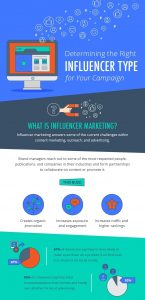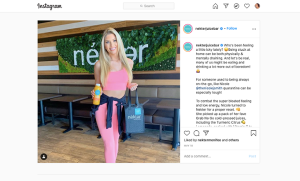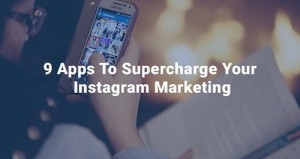The digital media world is ever-evolving; and sometimes we as marketers feel like we’re clamoring to keep up with the latest tools and technologies. The current discussions around programmatic media and theories about how it will alter the media landscape are hot topics. We’re on an epic journey down the yellow brick road, but what’s behind that great green curtain of Oz (or in this case, programmatic media)?
In a recent study by eConsultancy, 62 percent of marketers are using programmatic buying for brand objectives with an expectation to increase over the next two years. It seems that programmatic is quickly becoming the norm for digital media buying in display, mobile, video and sometimes TV.
Arming ourselves with the Lion’s courage, the Tin Man’s heart and the Scarecrow’s brain
All of the acronyms and ambiguous definitions of terms can get confusing. Before you even begin to weigh if programmatic is a strong choice for your client or company, you need to sort through the alphabet soup. Many of the definitions are closely related and could easily be interchangeable.
Programmatic advertising – This term is the broadest one related to the purchase of media through automated platforms, exchanges, networks, tools, etc. It utilizes data regarding behavior, demographics and geography to segment and target audiences for purchasing media. If you’re familiar with display retargeting, this type of media falls into the programmatic category.
DSP – DSP stands for demand-side platform. A demand-side platform is an interface for the management of multiple accounts, ad networks and exchanges as well as reporting. A DSP can also be responsible for housing all of the data that your media produces to allow marketers to pull various cuts for optimization and reporting. Conversely, a supply-side platform (SSP) is used by publishers to sell inventory.
RTB – Stands for real-time bidding. Real-time bidding is the process that ad networks and exchanges use to allow for automated bidding on inventory. Real-time bidding generally allows for reduced overall costs.
DMP – DMP stands for data management platform. The data management platform houses first-party and third-party data from marketing activities. Platforms also allow for sorting of that data to give multiple views. It is similar to a database but specific to marketers using cookie IDs to segment and report data. Many platform providers are now offering DMPs within a DSP, blurring the lines between the two.
Segmentation – Segmentation refers to creating cuts of behavior, demographics, geography, etc., from your first-party or third-party data. It allows for targeting specific audiences with particular messaging, either in prospecting for new customers or retargeting your existing audience.
Prospecting – Prospecting is the action of utilizing first-party data segments to advertise to other people with similar characteristics or traits, who are not already existing customers, in an effort to grow your audience.
What’s behind that green curtain?
Programmatic is still a relatively new method for advertising, so marketers are excited about its potential but also cautious to see what it brings. It’s important to consider some key factors (and potential risks) when looking at exploring the option of programmatic advertising.
Much of what you may read on programmatic, or what is delivered in sales pitches from various programmatic platforms, will tout the benefits of its automation and ease of use. It can almost seem as if these tools manage and optimize your marketing budget for you entirely.
At the most basic level, this may be true. However, to really extract value from programmatic advertising, the crux of the advantage is in utilizing the data to improve the return on investment from marketing budgets above a standard advertising method.
Proper utilization of first-party data in not an automated process. It requires additional costs, resources, and skills that may be prohibitive for an in-house programmatic advertising campaign.
In a presentation at Digiday Programmatic Summit in New Orleans in 2014, Senior Manager for Programmatic at Netflix Kathy O’Dowd reminded us, “All the resources that are required to manage a programmatic buy have a pretty significant cost associated with it.” The management of a programmatic campaign requires significant understanding of data and analytics. This may be difficult for marketing professionals who do not have the time or resources to dedicate to a programmatic buy because of their other responsibilities in their role.
The volume of programmatic advertising undertaken and the platforms required for its execution can be significant expenses to obtain and maintain, as well. The tools of a DSP, and possibly a DMP as well, can be significant especially if you are only beginning to explore programmatic advertising.
Your brand’s capability and audience are also factors in considering whether or not it is the right time for programmatic. Programmatic requires data – and lots of it. First-party data will play an integral role in the success of programmatic media. Secondly, if your brand’s audience is particularly niche (such as in a B2B space), you should ask potential programmatic platform partners if sites and publishers that reach your audience are available on any of the networks or exchanges.
Ultimately, it is most important to educate yourself on the benefits and potential risks in programmatic before committing.
This post was previously published on The M/C/C Blog.
(182)




